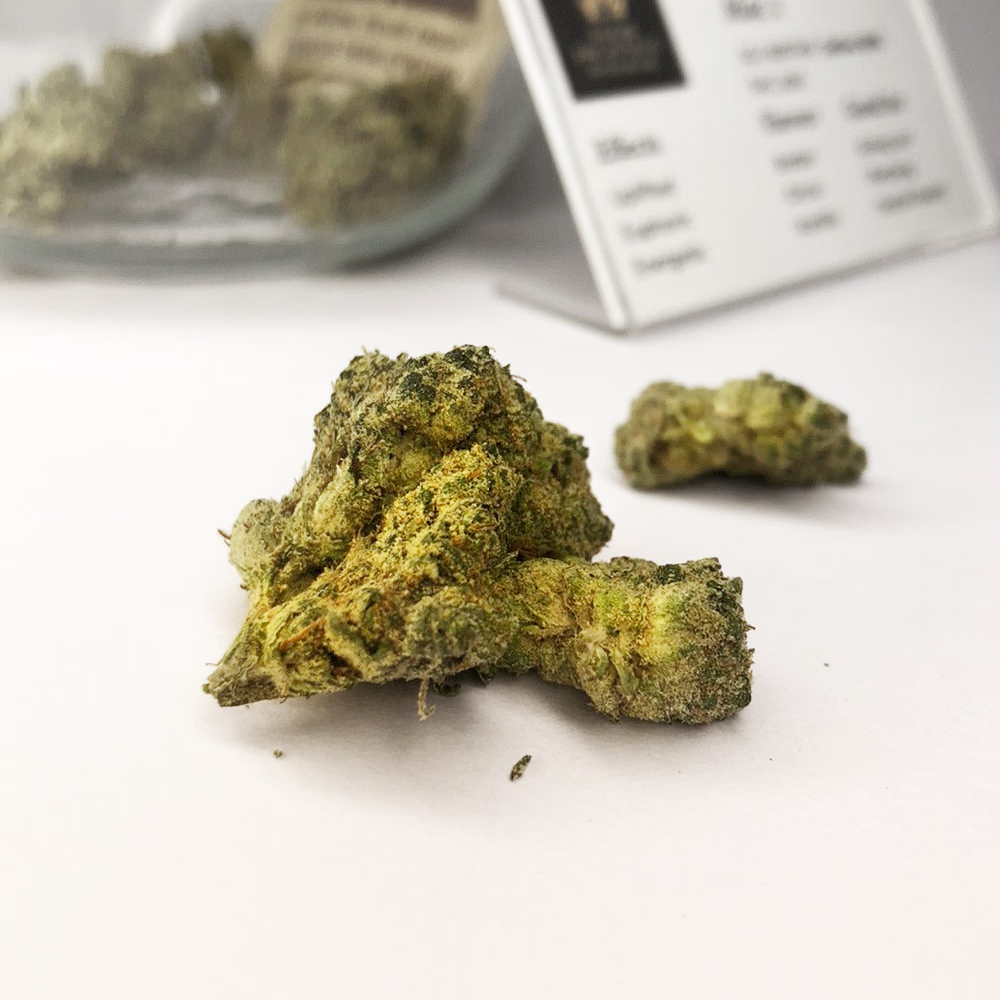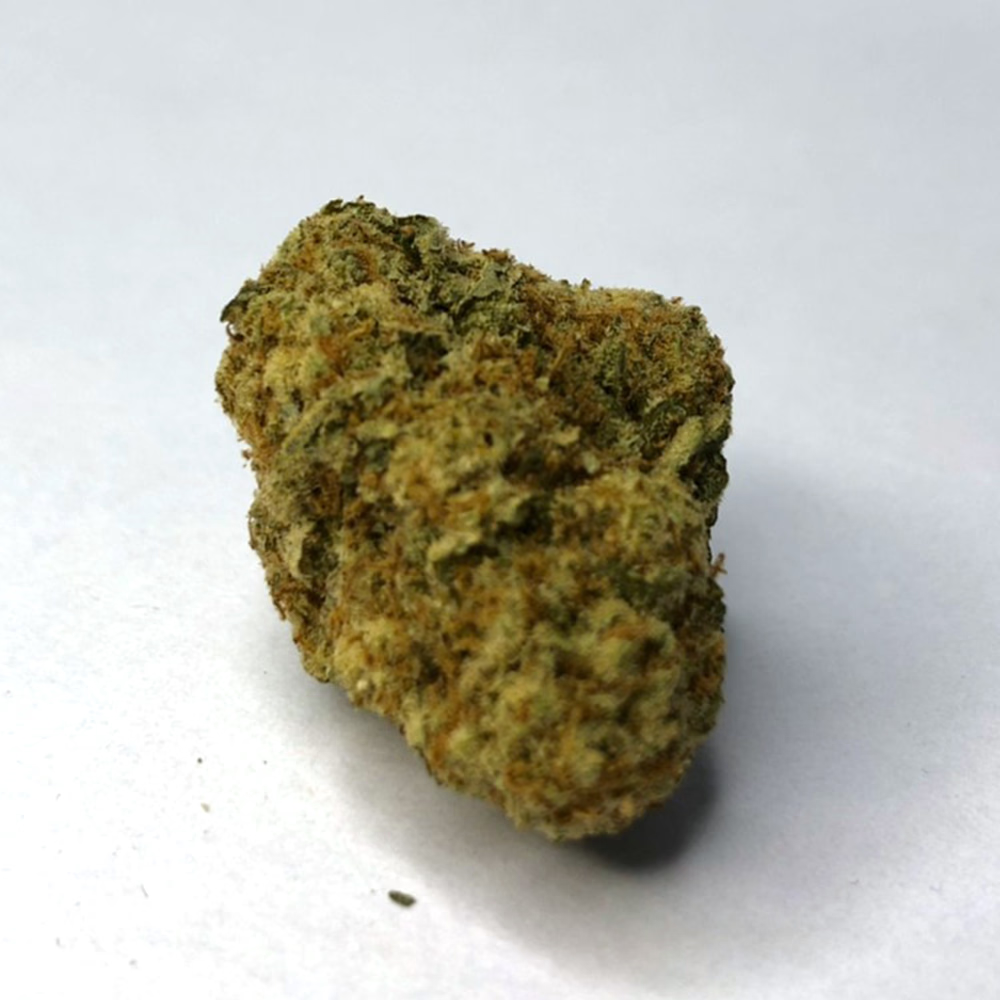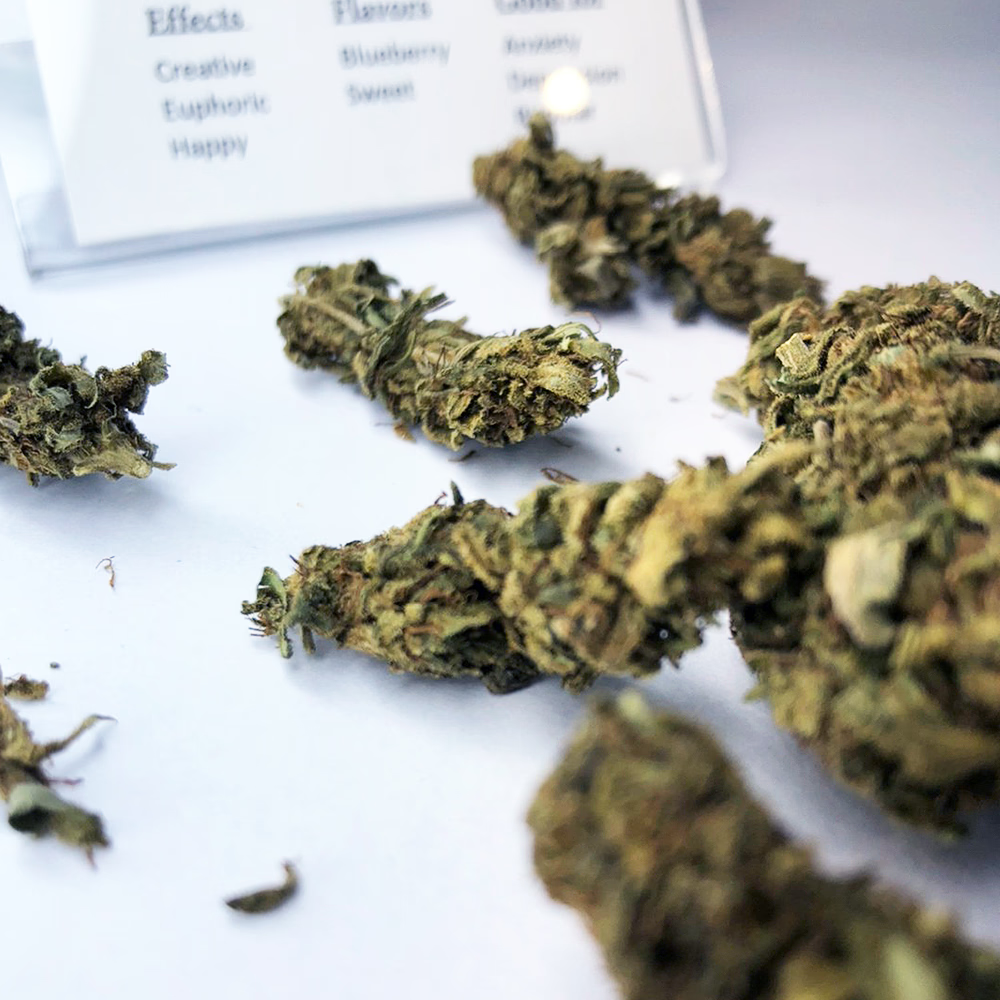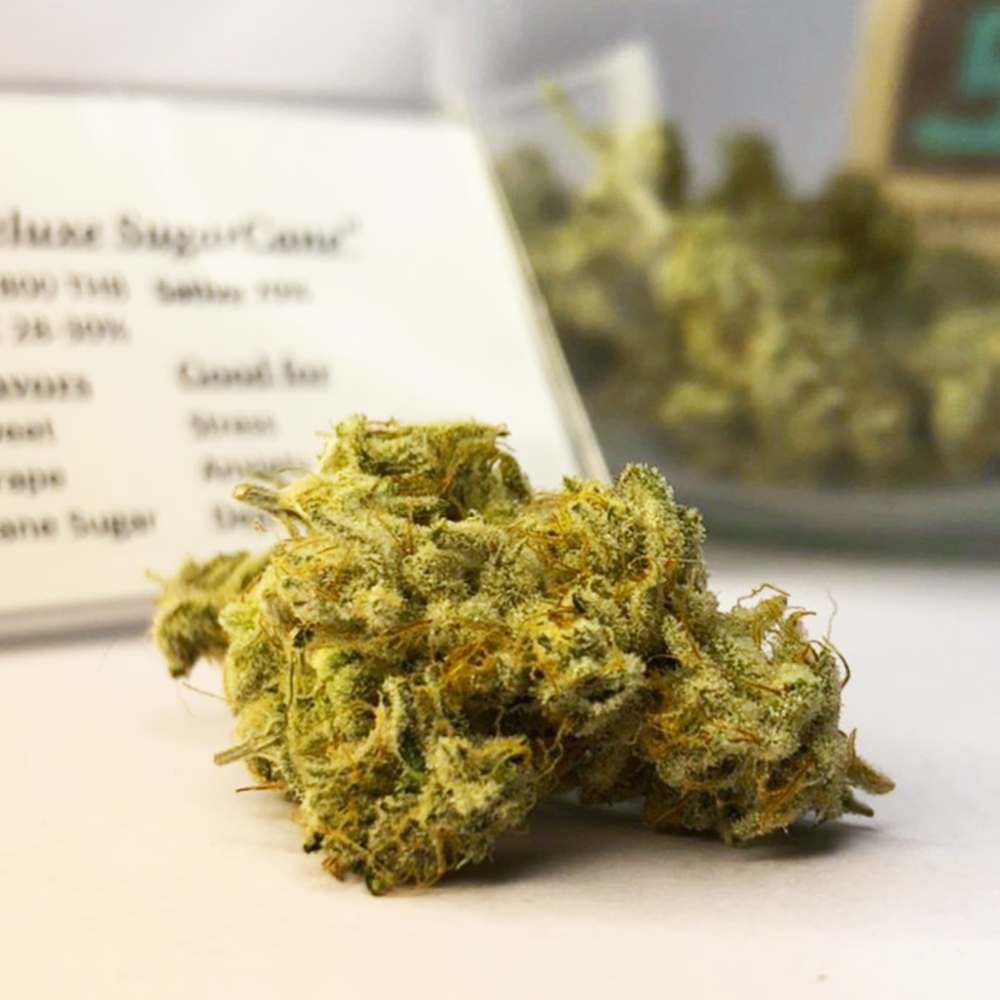A Visual Guide to Cannabis Deficiencies
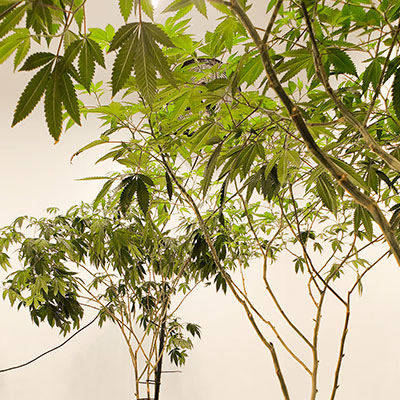
Marijuana plant nutrient deficiencies
Nutrient shortages in marijuana plants can be a severe issue. Cannabis growers must know the nutrients their plants require and how to recognize deficiencies to avoid this. Nutrient deficiencies can weaken your plants and ultimately die if they are not treated.
The most crucial aspect of marijuana cultivation is giving plants all the necessary nutrients for strong development. Unfortunately, many cannabis growers don't pay careful attention to the nutritional requirements of their plants and later contend with nutrient deficiencies. Cannabis plants struggle to live without proper nutrition and may experience stunted growth or leaf discoloration.
The best way to avoid marijuana nutrient deficiencies is to fertilize your plants appropriately based on their unique requirements at various development stages. To ensure that cannabis plants receive the best nutrition possible throughout all phases of development—seedling, vegetative, flowering, etc.—different types of soil require different types of fertilizers.
There are a few factors to consider when determining which fertilizer product will be most effective for you and your crop, including the sort or brand you select, how much you apply at each feeding interval, and precisely when you apply it during each stage (some products may require certain intervals). Additionally, if possible, test a small patch before using large quantities so that any potential problems can be found early on and fixed!
The pH levels of soil mediums also play a significant role in ensuring optimal absorption; generally speaking, most marijuana strains prefer slightly acidic soils (between 6-7), but it is always best practice to double-check what works best given the strain you plan on cultivating/are currently working with.
Fertilization is an essential factor in preventing nutrient deficiency in cannabis crops. Additionally, it's important to pay attention to environmental variables like temperature and light intensity, particularly during flowering times when these elements have been shown to impact yields significantly.
Various factors, such as excessive fertilization or improper pH levels, can cause nutrient deficiencies. Still, one thing is sure: if they are not appropriately treated, they will impede healthy development, resulting in weaker harvests.
The good news is that early detection of signs gives time for remedial action, leading to healthier plant life. Take note of any changes in leaf structure or coloration to help determine whether your product may be undernourished; for example, yellowing edges or pale greenish tones often indicate nitrogen deficiency, while pale blueish tones indicate phosphorus shortages, etc.
Once established, corrective actions can be quickly taken, allowing for an efficient return to the original conditions by applying organic compost or adding chemicals based on preferences and financial constraints.
To sum up: Every grower should be on the lookout for marijuana plant nutrient deficiencies as they can cause severe setbacks if left untreated; fortunately, through careful observation & targeted interventions problematic areas can quickly turn around, allowing harvest time bliss rather than disappointment.
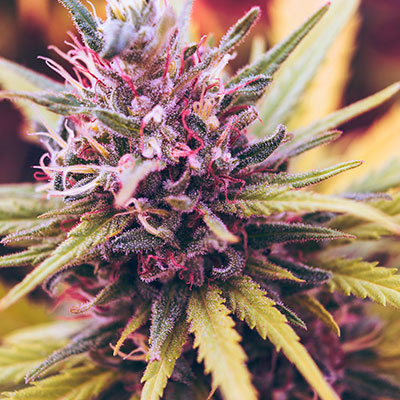
9 Symptoms of Nutrient Deficiencies in Cannabis
One of the most challenging issues to identify and address in cannabis plants is nutritional deficiency. Nutrient deficiencies should, unfortunately, be identified and treated as soon as feasible because they can have detrimental effects if left untreated. Successful diagnosis and therapy of nutrient deficiencies depend on the awareness of the symptoms.
The following are 9 typical signs of nutrient shortage in cannabis plants:
Yellowing Leaves: If your plant's leaves start to turn yellow or pale green without exhibiting any other outward symptoms of distress, this may indicate a nitrogen or potassium shortage. Increase the potassium or nitrogen content of your hydroponic solution or soil mixture to resolve this problem.
Brown Spots on Leaves: Magnesium deficiencies, which are reasonably typical in cannabis plants grown indoors with artificial lighting systems, typically cause brown spots on leaves. You can fix this by boosting the amount of magnesium-based fertilizers in your soil mixture or hydroponic solution.
Wilting Leaves: If your plant's leaves are wilting, either through natural rainfall or irrigation systems like drip tape lines or watering cans, buckets, trays, etc., there is likely not enough water being provided to it. You may need to add more water and adjust the pH level to ensure the plant correctly absorbs nutrients.
Curled leaves: When cannabis plants are grown indoors with artificial illumination, leaf curling frequently happens when the soil mixture or hydroponic solution contains an unbalanced amount of calcium and magnesium. Until you achieve equilibrium between the two elements in your indoor garden setup, consider increasing the amount of calcium-based fertilizers while decreasing the amount of magnesium-based fertilizers.
Slow Growth: A marijuana plant's slow development could mean several things, including too-low temperatures, insufficient light, humidity levels, high carbon dioxide levels, insufficient oxygen availability, etc. Before attempting to address nutrient deficiencies that may be present, it is important to first examine all environmental factors linked to healthy cannabis cultivation.
Stretched stems and weak branches: are another sign of nutrient deficiency, particularly when they result from low phosphorus (P) levels, which supports robust stem growth in the early phases of development. You can purchase phosphorus-based fertilizers at any nearby horticulture store.
Still, it would help if you were careful not to overfeed your cannabis plants because they don't need as much of it as other plants, especially compared to other macronutrients like nitrogen (N) and potassium ( K ).
Blotchy Coloring: When leaves begin to display blotchy discolorations, such as purple or reddish patterns scattered randomly across their surface, it is likely that a lack of trace elements, such as iron, magnesium, and manganese, may exist, leading to nutrient deficiencies in our grow room ecosystem.
Once we identify these problems early on, adding small doses of products with chelated iron, magnesium, and manganese made especially for cannabis use should help them rapidly get better.
Stunted Growth: Another symptom primarily related to Nitrogen Deficiencies, but occasionally Calcium & Potassium ones as well - Stunted Growth occurs when malnutrition slows overall growth over time, ultimately producing poor flowering outcomes if discovered late during bloom cycles.
Carefully monitor everything from the root zone to the top canopy layer. Keep an eye out for any unusual behavior, so we can identify issues before they negatively impact our yields and final resin quality output.
Foliar Burn: Foliar burn appears after excessive foliar feeding using incorrect products with excessive NPK ratios combined. This will burn off leaf tissue, causing ugly brown patches to appear randomly throughout the entire canopy structure, indicating that something isn't right with the current nutritional program on our prized marijuana crop.
Never exceed the manufacturer's suggested dosage rates to avoid losing your entire garden overnight due to improper handling.
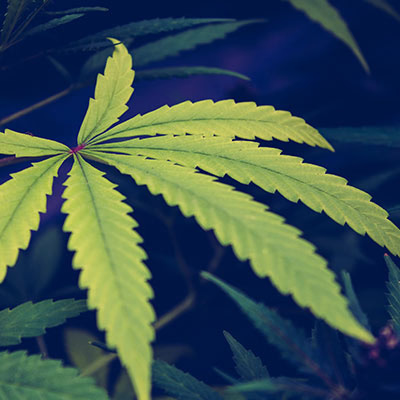
How To Prevent And Fix Every Cannabis Nutrient Deficiency
Do you want to ensure that your cannabis plants are receiving all the nutrition they require? You've come to the correct place if so. In this piece, we'll review how to identify, treat, and prevent any nutrient deficiencies in your garden for growing cannabis.
It's critical to comprehend what causes nutrient deficiencies and how to address them because they can negatively affect the health of your plants and their harvests. Nitrogen, phosphate, potassium, magnesium, and calcium are the nutrients most frequently deficient in cannabis (Ca). Let's examine each of them in more detail:
Nitrogen Deficiency
The inability of the soil to properly absorb nitrogen into the plant's leaves is a common source of nitrogen deficiency. Some symptoms are the new growth that is yellowing, growing slowly, having smaller root systems, and small fruit and blossom production. Use a fertilizer with a balanced N-P-K ratio and modify pH levels as necessary throughout the life cycle of your plants to avoid this from occurring. Give your plants a healthy dose of liquid fertilizer with high nitrogen concentrations to correct a current N deficiency, or use an organic source like bat guano or fish emulsion.
Phosphorus Deficiency
When insufficient P is available for buds to mature correctly during flowering, phosphorus deficiency typically manifests. Small buds with dark green or purple coloring are among the symptoms, as are slow bud growth and generally poor yields.
Use phosphorus-enriched soils or supplement with liquid fertilizers with high phosphorus concentrations throughout bloom cycles to avoid P deficiency. Foliar sprays work best to correct a current phosphorus deficiency because they offer instant relief while still giving roots time to absorb the nutrients they require from soil amendments gradually.
Potassium Deficiency
Potassium is necessary for developing strong stems, a healthy root system, and avoiding disease in cannabis plants; however, if insufficient K is available, symptoms may include yellowing between leaf veins, weak stems, and lower than average yields generally, among others.
Feed your plants frequently with potassium-rich fertilizers, or use organic sources like kelp meal and wood ash around flowering cycles to avoid K deficiencies.
Add some Epsom salts directly to the soil near the base of the stems to make up for any K deficiencies that may already be present.
If done properly, significant improvements should be visible after a few weeks. It typically takes a few days for results to become apparent.
Magnesium Deficiency
Magnesium is an important component of photosynthesis because it is crucial for the production of chlorophyll. When there is insufficient magnesium in a plant, symptoms like vein-yellowing leaves, smaller-than-average flowers, and slow growth rates start to show up.
To avoid these issues, begin using powdered seaweed products, such as kelp meal, in the middle of the vegetation phase and keep doing so until harvest.
If magnesium deficiency has already had a negative impact, try mixing some Epsom salts directly into the soil medium near the base of the stems. This method works surprisingly well, though it may take some time before any visible effects are noticed. If done correctly, however, the effects will eventually be noticed.
Calcium Deficiency
To prevent problems related to calcium shortages, make sure that the soils used contain adequate amounts. If not, add powdered limestone directly into the mix every few weeks during the vegetative stage. You may also consider using liquid calcium silicate supplements during the last part of the flowering cycle, just before harvesting. Calcium helps strengthen cell walls within plant tissue, so if there isn't enough of it present, symptoms like wilting, drooping, stunted root systems, etc., could
Foliar sprays are preferable for treating pre-existing calcium problems because they offer quick relief while giving roots plenty of time to assimilate the minerals they need slowly.
As you can see, avoiding and fixing any nutritional problems related to cannabis cultivation requires careful planning and exceptional attention to pH level adjustments when necessary. However, once done correctly, growers should expect nothing less than top-quality crops.
